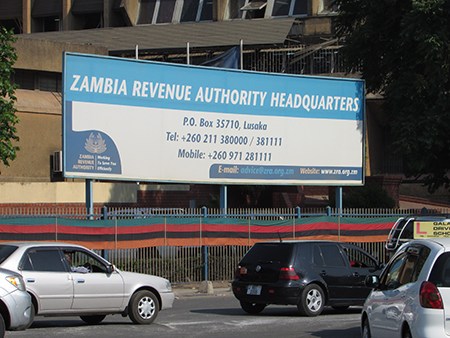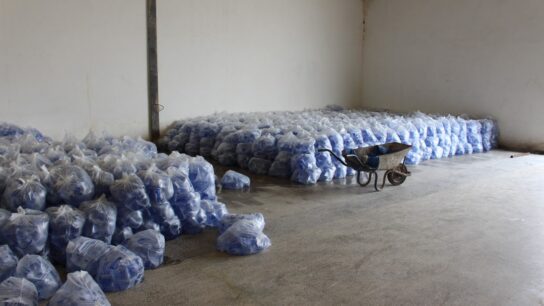Copperbelt Trade and Development Forum (CTDF) says Zambia needs a properly structured and self-adjusting mineral fiscal architecture that is robust enough to curb mineral revenue leakages.
The center says this includes illicit financial flows as well as stimulating mineral value chain linkages with other viable productive sectors such as agriculture, manufacturing, tourism and infrastructure development in facilitating economic diversification.
CTDF Executive Director Vincent Lengwe says once this is achieved, it will in turn increase the country’s foreign exchange revenue base without resorting to external debt contraction.
Mr. Lengwe also said the recent proposal by the World on the need for Zambia to increase its copper production if it is to maximise its revenue base is not only misleading but also retrogressive in the attainment of sustainable development.
“As Copperbelt Trade and Development Forum, we are deeply saddened at the continued tendency by the World Bank, and those we elect to preside over our strategic mineral resources to deliberately ignore the real issues that undermine our development as it relates to extractive resource governance,” he said.
“It is not in order to continue talking about increasing mineral production as a means to increasing national revenues without factoring in the associated costs of externalities that eventually erode the anticipated gains.”
Mr. Lengwe said on a scientific point of view, the law of conservation of matter and energy stipulates that economic growth in terms of increased production or consumption, cannot occur without the additional extraction of resources from the environment.
“And this is what the World Bank is propagating yet they deliberately ignore to demonstrate how such a move will impact on our environmental integrity or how socio-economic costs will be compensated. Such lapses is what prompted the Zambian government to go back to the same World Bank for a combined principle credit facility (debt) of over US$100 million during the implementation of the Copperbelt Environmental Project (CEP) during the late 1990s, and the Zambia Mining and Environmental Remediation Improvement Project (ZMERIP) which was launched in 2016,” he said.
“On the other hand, since the privatisation of ZCCM in the year 2000, copper production has been steadily increasing from slightly over 250, 000 metric tonnes to the current average annual production of 850, 000 metric tonnes yet there have been no marginal corresponding increase or contribution of mineral revenues to the national treasury apart from increased socio-economic and environmental costs.”
Mr. Lengwe therefore said the best trajectory of optimising domestic mineral revenue collection from the mining industry is not necessarily through increased production which ultimately escalates the rate of resource depletion but rather explore effective mechanisms of ensuring prudent ways of resource extraction.
Zambia needs properly structured mineral fiscal architecture – CTDF








